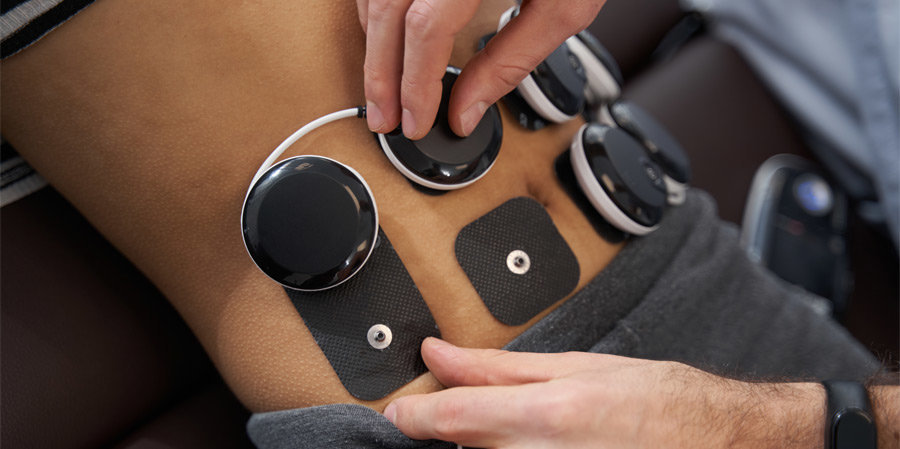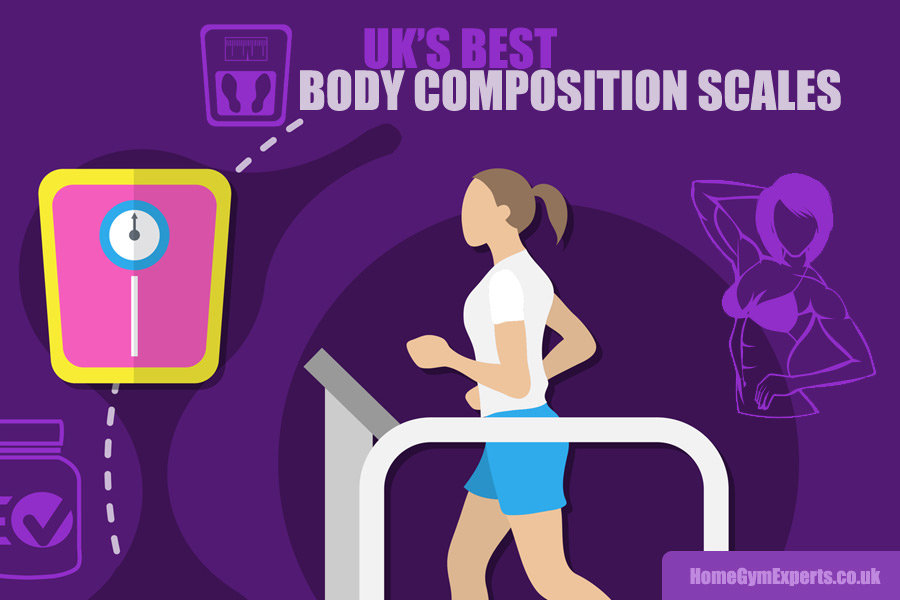
Electrical devices that use electromagnetic stimulation (EMS) belong to a developing category of FitTech that aims to change the way we workout. The science behind EMS devices is that they stimulate the tiny muscle fibers that make up a muscle group, causing them to twitch, thereby mimicking the physical mechanics of exercise. Through this, these devices claim to separate the pain from the gain, allowing the user to extract some of the benefits of working out without having to actually do it.
With such a bold promise, it is natural to be skeptical. We certainly were when we first heard about them! For this reason, we did a deep dive into EMS devices to investigate all the possible side effects and disadvantages of EMS training. Read on if you want to find out what we discovered.
Benefits of EMS
EMS devices typically look like adhesive pads that are shaped to the muscle group they are intended for use on. When in use, they stimulate the muscles fibers without the user having to do anything. As we have just mentioned, the benefit of EMS training is that it eliminates a lot of the hard work of regular training. Being able to work on your six pack, arms, or legs, all without lifting a finger (or a weight), is a pretty spectacular benefit!
EMS devices can also be used on a low setting pre- or post-workout to warm-up or cool-down the muscles. User reviews of these devices show that a lot of people are happy with their overall results. However, when it comes to fitness, one size does not fit all. While some people may have found their perfect fit, EMS devices are not necessarily suited to everyone’s needs.
Possible side effects
In the same way that traditional training comes with side effects, so too does EMS training. These devices are designed to be worn for about 20 minutes at a time, during which your muscles will be constantly stimulated through electromagnetic currents. The number one question people ask is whether the sessions are painful. We can answer that easily – no. Electromagnetic currents are not like bolts of electricity being shot through your muscles!
This being said, the muscle twitching can be a strange sensation. It does not hurt, but it can be mildly uncomfortable if you have the device on a high setting or wear it for extended sessions. Not everyone feels this way though and it has been reported that keeping busy while wearing the device reduces any such effect, probably because it keeps your mind off of the sensation.
Who should not do EMS training?
EMS devices were originally conceived to be used in a medical setting, as a physiotherapy tool to reduce muscle atrophy in paralysed people, as well as to help injured people rebuild and strengthen lost muscle. The technology has since been transferred to mainstream fitness, but it remains safe for people of all fitness levels. There is therefore no minimum muscular requirement for using the devices. However, EMS training is not suitable for everyone.
While there is no age limit, the devices should not be used by under-18s. There is no particular safety logic behind this, it is just an industry practice based on the increased risk of liability for anything to do with children. There is also a range of medical conditions that are incompatible with EMS devices, or which require you to consult with your doctor before use, including:
- Pregnancy – pregnant women are generally not included in medical trials and research, so we do not have enough data on EMS training while pregnant
- Circulatory conditions – if you have a history or are at a high risk of stroke, heart attack, cardiovascular disease etc.
- Bleeding disorders
- Diabetes
- A history of or active hernia
- Epilepsy
- Anyone who has been fitted with a pacemaker
Disadvantages of EMS training

Clearly, the major advantage of EMS training is that you can reap the benefits of working out without having to put in the effort. There is an underappreciated disadvantage to EMS training though, which is that it does not replicate every benefit of traditional training. The aesthetic benefits may be garnered, but training is not all about the visible gains. Important internal benefits that support our long-term health are not available through EMS training.
Specifically, we are thinking about heart health. The heart is a muscle and it contracts along with your other muscles during a traditional training session. If you want toned calves and you solely use an EMS device to get those calves, then you might have saved hours on the treadmill but in the process you have lost the benefits of cardiovascular exercise.
For this reason, EMS training may well be used to supplement your training regime but it should never become your only means of working out.
Final verdict
EMS devices are a reasonably affordable way to supplement your training regime, but they are not suitable for everyone nor should you become overly reliant on them.









